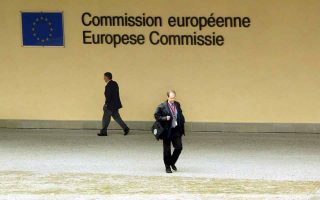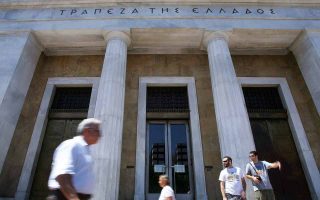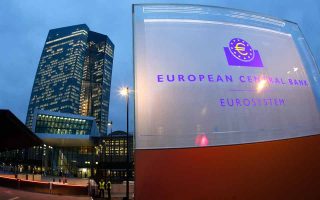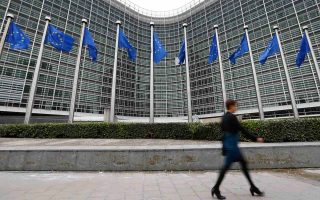Return to markets will take some time for Greece
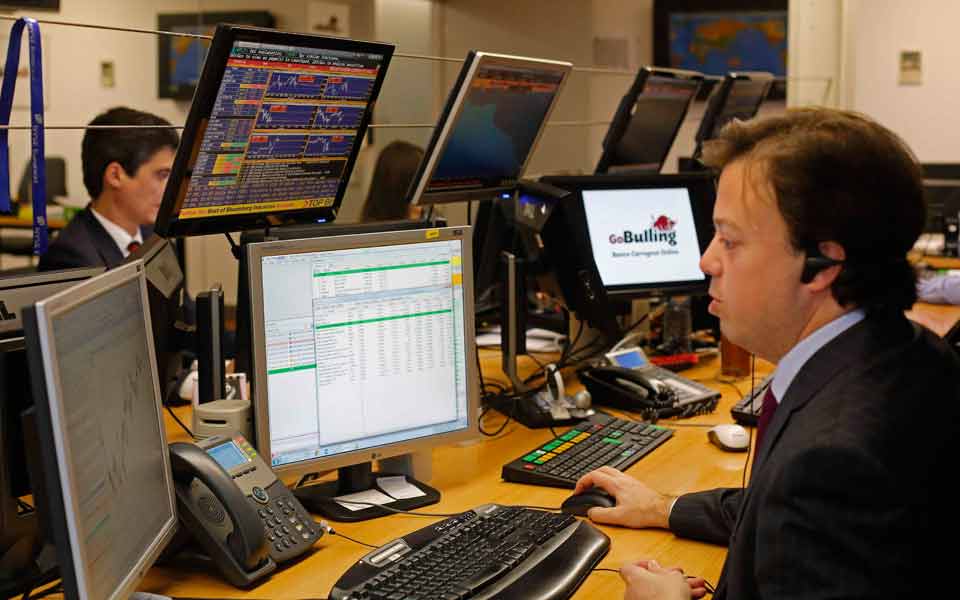
Whether Greece will be able to leave behind the era of successive bailout programs and return to normalcy depends on its ability to obtain consistent access to capital markets at affordable interest rates. The deal at the Eurogroup, less political uncertainty and expectations that the ECB will reinstate cheap funding for the country’s troubled lenders have sent Greek bond yields to multi-month lows. However, it will take more, including ECB QE eligibility, for the country to regain the trust of international investors and stand on its own two feet. This is not going to be easy and is not likely to happen soon.
Pessimism about the country’s exit from the third bailout program since 2010 still abounds. More than 80 percent of respondents participating in a recent opinion poll conducted by the University of Macedonia said they did not believe Greece will exit the economic program at the end of the government’s four-year term. Only 9.5 percent thought it may.
This is not surprising. Unemployment is still running high at 24 percent and many of the new jobs in the private sector are part-time and temporary. In addition, people have to endure another dose of austerity worth several billion euros in tax hikes to help meet the program’s fiscal targets, culminating in a primary surplus of 3.25-3.5 percent of GDP in 2018, which most analysts and the International Monetary Fund find very ambitious, if not unrealistic.
Of course, the results of such polls are just a snapshot of people’s opinions at a point in time. Policymakers know or at least should know that the litmus test for Greece’s exit from the nightmare it has been living in since 2010 is the ability to satisfy its funding needs by borrowing in the markets at reasonable rates.
The fact that the economy has been in recession since 2008, barring a small break in 2014, and the public debt is so high, exceeding 175 percent of GDP, complicate things a lot. First, it discourage investors from buying new Greek debt and second it warrants expensive compensation in the form of high interest rates demanded by the investors or speculators who decide to take the risk.
The completion of the first review of Greece’s third bailout program, the almost certain disbursement of the first tranche of 7.5 billion euros and greater clarity on debt relief helped Greek bonds extend their rally. Market hopes that the ECB will waive its minimum credit rating on Greek bonds in June, allowing banks to use the debt as collateral for cheap funding after almost a year on an expensive liquidity lifeline, also boosted sentiment.
Following its steep descent from around 9 percent in early May in anticipation of a deal at the Eurogroup, the benchmark 10-year Greek bond yield seems to be stabilizing around 7.2 percent, last seen in November 2015. The yield had climbed to 11.5 percent in mid-February on political uncertainty and early election concerns, feeding Grexit fears. The short-dated bond yield also touched multi-month lows after the Eurogroup deal and is now trading around 7.7 percent, having hit even 7.2 percent earlier. It is noted that Greek public debt is rated non-investment (junk) by all three major credit rating agencies.
The large drop in Greek risk was depicted in the sharp contraction of the difference between the 10-year bond yield and its German counterpart to around 700 basis points last Friday, from around 870 points in early May and 1.127 points in mid-February. The 10-year yield spread was around 700 bp in November 2015 and before that in November 2014. It is noted a percentage point is equal to 100 bp.
But borrowing costs will have to fall a lot further for Greece to be able to issue new bonds in the markets without fueling concerns about the sustainability of its debt and investor doubts about getting their money back. In addition to debt relief conditional on program compliance, the economy has to be put back on the growth track, a tough task given the large fiscal drag, and meet challenging primary surplus targets in 2017 and 2018. Of course, the whole experiment will also depend on global risk appetite and the prevailing international market conditions.
Government officials and some analysts think the eligibility of Greek bonds for the ECB’s quantitative easing (QE), or PSPP program, will be a catalyst for driving borrowing costs way down from current levels. Finance Minister Euclid Tsakalotos said on Thursday he hoped the deal at the Eurogroup meant Athens could swiftly qualify for the QE program. However, Greece has to satisfy the standard criteria set by the ECB for program countries and pass the ECB’s own debt sustainability test, which may be tricky. Moreover, eligibility is not for life. It could be suspended if the country does not meet the criteria.
Optimists point out that Cyprus became eligible after passing the first review, following the start of the PSPP program. Cyprus concluded that review in May 2015 and the ECB started buying its bonds in July 2015, following approval by the ESM, leading to the disbursement of bailout funds. However, the sustainability of the Cypriot debt was not such an issue as it is in Greece and Cyprus was deemed to have a strong ownership of the bailout program.
All-in-all, Greece will need all the help it can get from the ECB, including QE eligibility for its bonds, a return to growth and a record of beating fiscal targets to borrow consistently at affordable rates in the markets. This could take some time – and so will its divorce from the bailout program.


